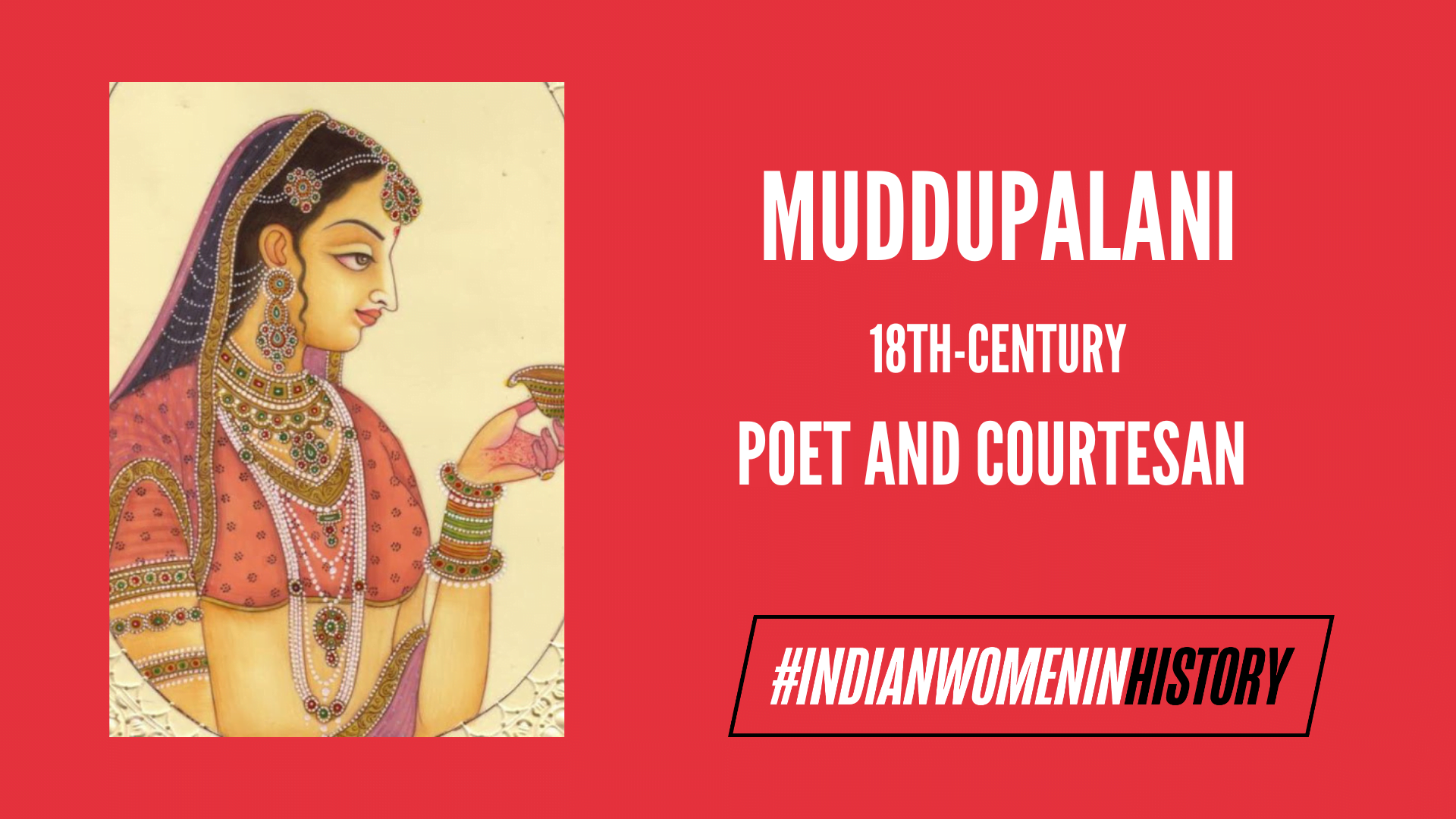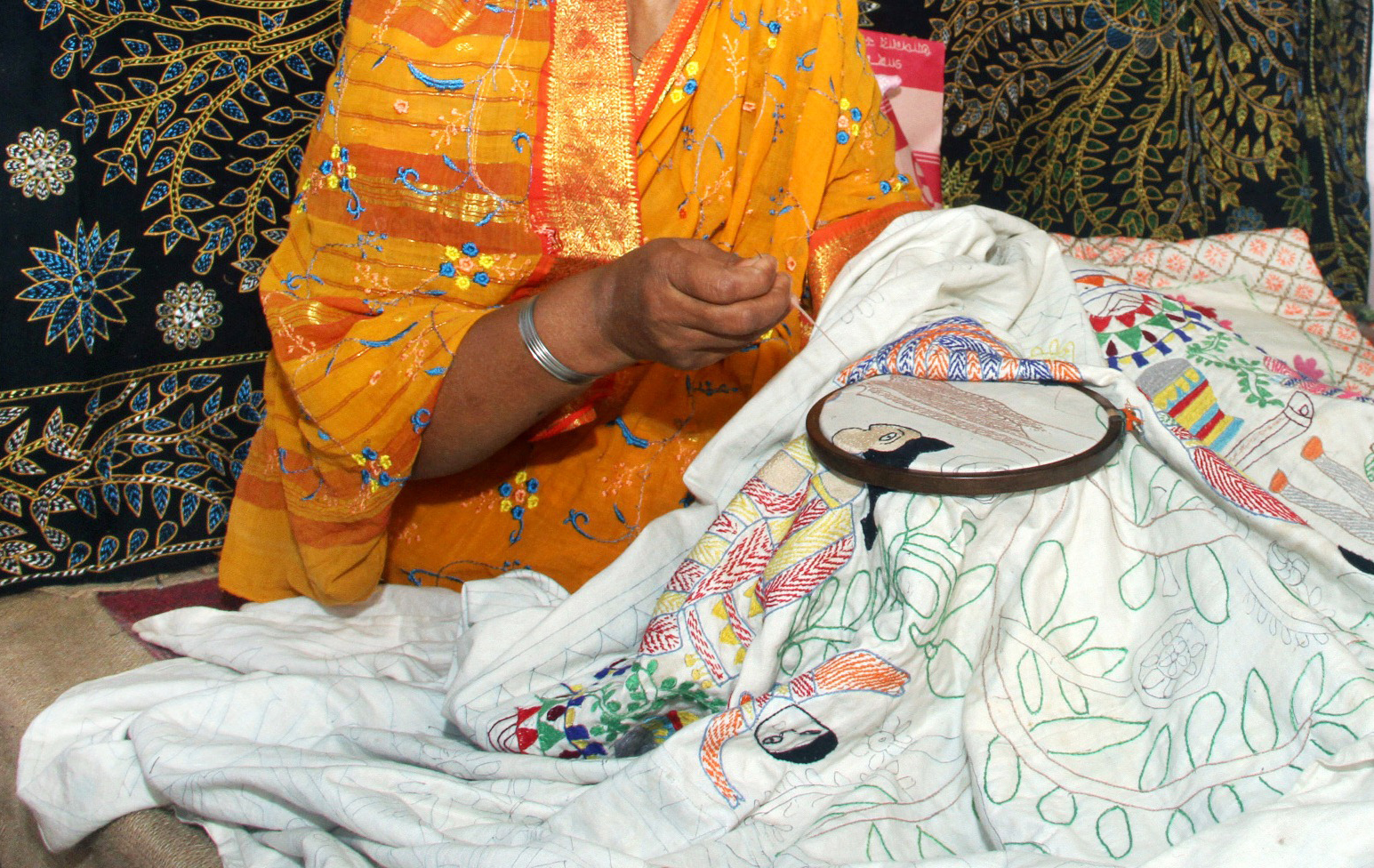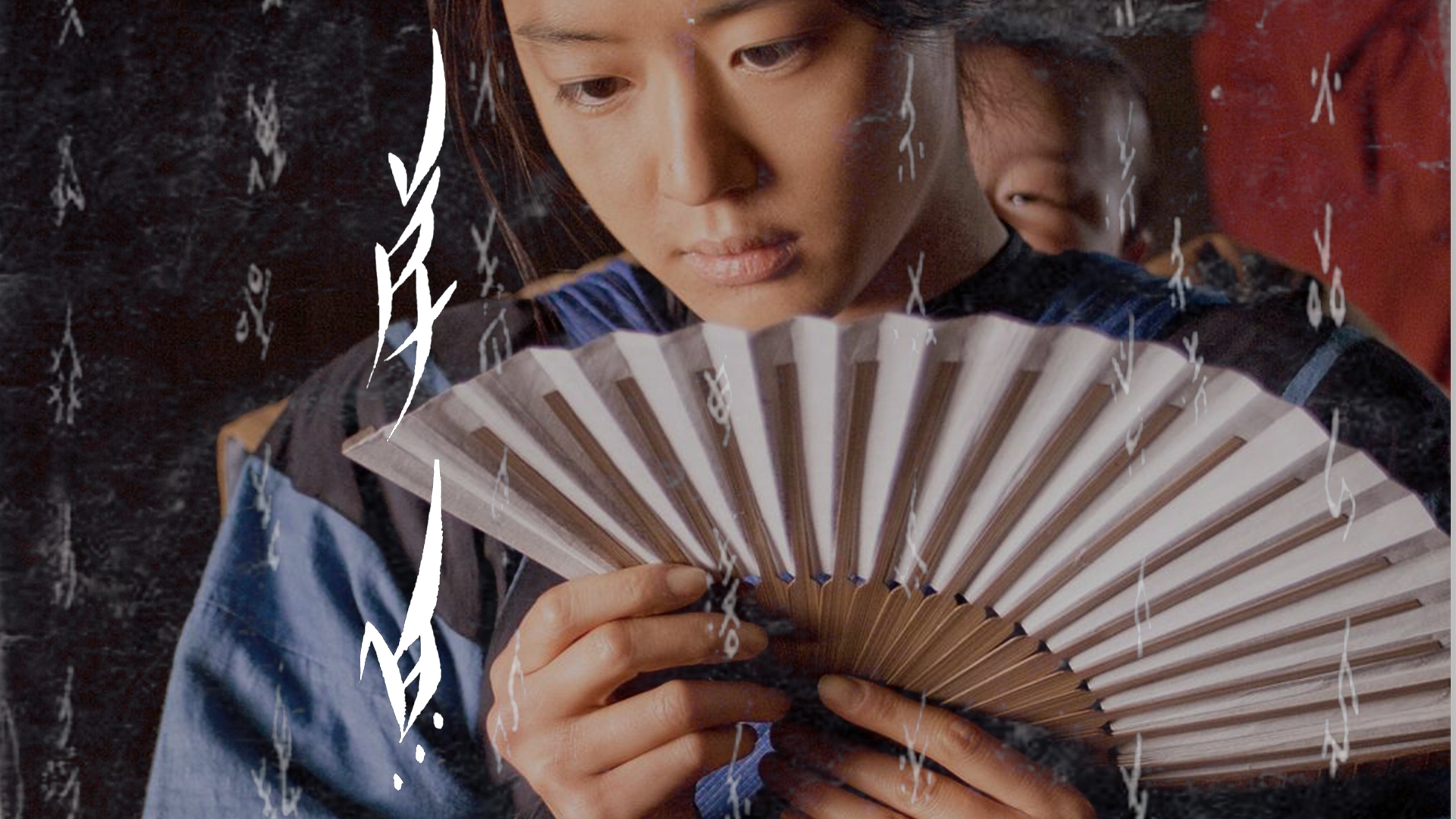In the 18th-century royal court of Tanjavur’s Nayaka kings, a singular female voice arose to shatter artistic constraints around gender and sexuality. Muddupalani, a courtesan in King Pratapasimha’s majestic court (1739-1763), leveraged her unique privileges to compose what was arguably Indian literature’s first erotic poetic work written explicitly from the feminine perspective.
Under the patronage of rulers who took pride in keeping accomplished courtesans, Muddupalani joined other elite female scholars and poets amid the court’s illustrious men of letters. The Nayaka kings were renowned music, dance, and literature lovers, conversant in Telugu, Tamil, Marathi, and Sanskrit. In this rarified intellectual atmosphere where women could access education, Muddupalani turned her talents to boldly decentering masculine perspectives on eroticism and desire.
Radhika Santawanam: Muddupalani’s Magnum Opus
Muddupalani’s groundbreaking work was the 584-verse masterpiece Radhika Santawanam, which unapologetically captured the interior longings and sexual empowerment of the Hindu mythological figure Radha. While other courtesan poets held lofty status, Muddupalani dared craft poetry that gave uninhibited expression to the sensual feminine psyche.
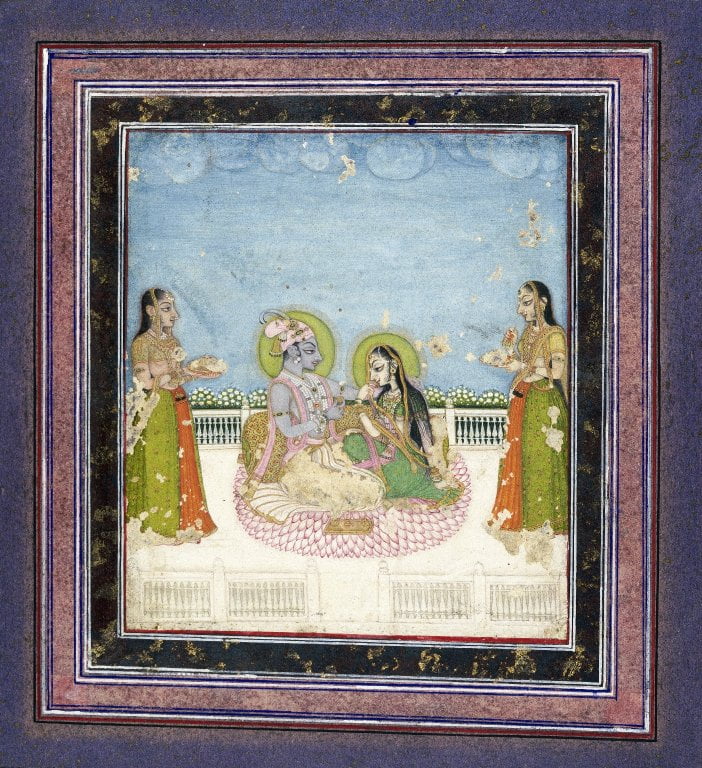
Shortly after publication, the book was drenched in torrential downpour of criticism. The publisher’s offices were also raided, and nine of her books, including Radhika Santawanam, were seized. Literary groups staged protests against the unfair banning of the book on the grounds of a couple of erotic verses.
However, fortunately, when it was discovered that some of the confiscated titles had received support from the Raja of Venkatagiri, the government decided to downplay the entire issue. Even though a few titles were saved for the time being, Radhika Santawanam fell prey to a literary ban. 1911, Police Commissioner Cunningham and the chief presidency magistrate charged Nagarathnamma and her publishers with editing and publishing obscene literature. The book was banned, and most copies were destroyed.
The main storyline of Radhika Santawanam
Radhika Santwanam tells the tale of Radha, who is Krishna’s maternal aunt and the sister of Nanda, who raised Krishna. Nanda’s brother-in-law Kumbakha has a daughter named Ila Devi, who grows up in the village of Vrepelle (Vrindavan) under Radha’s care.
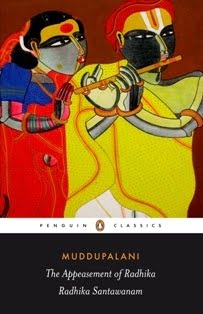
The poem describes in detail Ila Devi’s journey through puberty and the consummation of her marriage to Krishna. As Ila Devi’s aunt, Radha advises the young bride on how to respond to Krishna’s lovemaking.
“When Radha would offer her bountiful breasts
To the slayer of demons,
Ila would lament: ‘But I have none!’
When Radha would present her full red lips,
Ila would lament: ‘Mine aren’t so luscious.’
When Radha would present him a peacock feather,
Ila would lament: ‘I have nothing to give!”
When Radha would flash her shining teeth,
Ila would lament: ‘Mine don’t sparkle.”
And when Radha would invite Krishna,
Come into the bedroom
Ila would wail: ‘Wait for me too!”
To the merriment and delight
Of Radha and Krishna.
and also counsels Krishna on making love tenderly with his new young wife.
Move on her lips
the tip of your tongue;
do not scare her
by biting hard.
Place on her cheeks
a gentle kiss;
do not scratch her
with your sharp nails.
Hold her nipple
with your fingertips;
do not scare her
by squeezing it tight.
Make love
gradually;
do not scare her
by being aggressive.
I am a fool
to tell you all these.
When you meet her
and wage your war of love
would you care to recall
my “do’s and dont’s,” Honey?“
However, the poem simultaneously captures Radha’s pain as a woman in her prime who must give up her desire and yearning for her nephew Krishna. Unable to bear the grief of this separation from Krishna whom she desires, Radha at one point breaks down raging against him for having abandoned her. Krishna gently appeases his distraught aunt with loving embraces. It is this section depicting Radha’s outburst of anguish and Krishna’s tender consoling of her that gives the poem its title Radhika Santwanam.
A new Radha: Tracing her sexual emancipation
For centuries, Radha has been portrayed as the idealised model of feminine devotion, selflessly pining for her beloved Lord Krishna. But Muddupalani flips the script, casting Radha as a rebel who asserts her desires and agency. No longer just a silent, longing figure, Radha embraces her sexuality, challenges patriarchal constraints, and becomes the central hero on a journey of spiritual self-discovery.
No longer just a silent, longing figure, Radha embraces her sexuality, challenges patriarchal constraints, and becomes the central hero on a journey of spiritual self-discovery.
Radha’s romantic dalliances with Krishna become assertions of female sexual autonomy, undermining misogynistic slut-shaming. Her union with the divine masculine symbolises not co-dependence but a wholehearted desire to experience her multiplicities and reclaim all the fragmented parts of herself. With shockingly candid depictions of Radha’s lust, cravings, and initiations of lovemaking, the poem represented an unthinkable departure from patriarchal strictures restricting female sexuality as a permissible subject for art.
At a time when male expressions of eroticism were celebrated, Muddupalani’s insistence on bringing a woman’s perspective into the erotic imaginary ignited outrage. For a woman to write so directly about feminine sexual agency represented an unthinkable flouting of patriarchal norms.
“If I ask her not to kiss me,
stroking on my cheeks
she presses my lips hard against hers.
If I ask her not to touch me,
stabbing me with her firm breasts
she hugs me.“
While Tanjavur’s Nayaka rulers broadly celebrated the arts, the open portrayal of sexual agency was considered strictly a male domain. Even revered social reformers like Kandukuri Veereshalingam condemned Muddupalani’s work as inappropriately “erotic” for women to study. Thus, highlighting the deeply entrenched double standards around female sexuality.
As the scholar-courtesan Bengaluru Nagaratnamma defiantly asked in her editorial preface when publishing the work – why were men’s erotic artistic expressions accepted and valorised when women’s perspectives were denigrated as obscene?
By centralising the inner feminine psyche and upending tropes of feminine passivity, Muddupalani had tugged at the prevailing order that dictated whose pleasures and emotions were valid subjects for art and public discourse. Her friend Nagaratnamma recognised this radical gesture. In giving a frank poetic voice to the inner erotic lives of women and asserting their sexual agency apart from male fulfilment, Muddupalani expanded the literary realm of the permissible. Centuries ahead of her time, she staked a claim for the fundamental humanity of female sexual autonomy and desire.
While Radhikasanthavanamu sparked outrage, its legacy was to crack open conversations about gender equity, expression, and pleasure that had long been suppressed. If not an open call to publicly discuss women’s sexual needs, Muddupalani’s works surely inaugurated a launch pad for the broader feminist discourse on gender and sexuality in India.
The defiant muse of Tanjavur used the power of the erotic feminine verse to posit revolutionary ideas – that women could be initiated into sexuality on their terms, that their perspectives mattered both outside and inside the bedroom, and that they too can and possibly should openly speak of sensual emancipation just like their male partners!
Muddupalani’s work: A Reflection of the Devadasi Tradition in 18th Century
Muddupalani’s epic work, Radhika Santawanam, serves as a profound reflection of the Devadasi culture that was prevalent during her time. As a member of the Devadasi community herself, Muddupalani’s literary creation sheds light on the tragic history and experiences of women who were dedicated to temple service from a young age. Through her vivid depictions, she brought into focus the harsh reality of Devadasis being treated as objects to be exchanged between temples and royal courts at the whims of men in power.
Despite being provided education and training in arts like dance and music, and having the ability to hold respected positions or even marry, the Devadasi system ultimately condemned these women to live life on the periphery as institutionalised prostitutes with uncertain futures.
Muddupalani’s work celebrates the rich aesthetic heritage upheld by Devadasis but also subtly hints at the exploitation and subjugation they endured within the patriarchal structures of caste and gender oppression. The epic can be viewed through the lens of contemporary Dalit feminism, giving voice to a Dalit woman’s perspective that challenges hegemonic societal and state-imposed ideals restricting women’s autonomy. Muddupalani’s portrayal of the bold, pleasure-seeking character of Radhika resonates with Dalit feminist principles of dismantling intersectional oppression.
The autobiographical undertones are evident from the lineage of courtesans Muddupalani proudly traces, describing herself as the granddaughter of Tanjanayaki and daughter of Rama Vadhuti. The themes of betrayal and jealousy may mirror her real experiences when her consort, King Pratapsimha, turned his attention to her grandmother in later years after initially favouring Muddupalani.
Muddupalani’s daring erotic verses championing female desire represented an act of defiance against the patriarchal norms and control over indigenous women’s bodies and sexuality. Through her vivid depictions of Radha’s unabashed lust and sexual agency, Muddupalani subverted societal narratives that sought to contain and restrict indigenous female sexuality. Her work asserted the fundamental humanity of Dalit and marginalised women to openly express their sensual selves without shame. In giving poetic voice to the interior feminine psyche, Muddupalani initiated a revolutionary debate – that the personal experiences and embodied realities of oppressed communities are intrinsically political acts. She compelled a reckoning with patriarchal and Brahminical hegemonies that denied women’s sexual autonomy.
Ahead of her time, Muddupalani’s erotic feminist poetry audaciously proclaimed that reclaiming one’s body and pleasure is central to the indigenous communities’ struggle for collective liberation.
